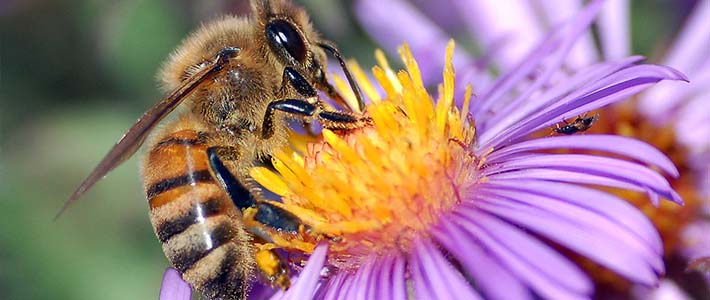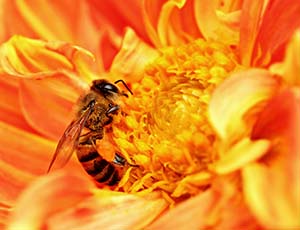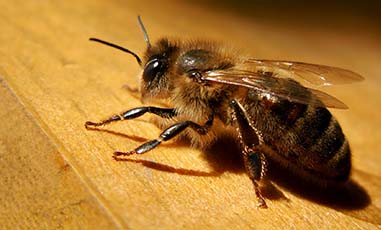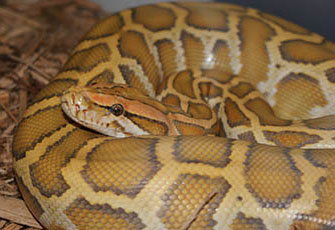Africanized Honey Bees

Africanized Honey Bees(Apis mellifera)
Africanized honey bees (Apis mellifera), also famously referred to and exaggerated as the “killer bee”, was introduced into Brazil in the 1950’s to increase the production of honey.

In 1990 a localized population was identified in Texas, showing that the bees had gradually expanded their range into Central America and onward into North America. The Africanized bees are actually products of hybridization which resulted from attempts to crossbreed the African honey bee with a variety of European honey bees.
In the later 1950’s, 20+ swarms escaped quarantine and subsequently made its way to North America. After their observed arrival in 1985, they quickly became established and began spreading into adjacent southern states, both west and east.

Due to the rapid - natural dispersal and establishment of the bees, which was most notably, un-assisted by human activities, has led to them being labeled as the most biologically successful invasive species to date.
Notable Characteristics and Adaptations
- High swarming tendencies
- Frequent long-distance travelers
- Excessive defensiveness (been observed chasing threats up to ¼ mile from hive)
- Excessive aggressiveness
- Often ground nesting species
- Can only sting one time, but respond to threats quickly and sting/swarm in large numbers
- Can sense vibrations from power equipment such as lawn mowers and tractors from up to 100 ft. away
- Their sting is no more potent than other varieties of honey bees, but are considered more dangerous due to their high swarming behavior and aggressiveness
Some General Precautions
- Carefully examine work areas thoroughly before beginning
- Listen for buzzing, indicating the presence of hives or swarms
- Never attempt to remove or kill the nest
- If a nest is discovered, contact your local pest control agency, without disturbing the bees
- Educate others in the community of the bees’ presence to help improve public awareness



